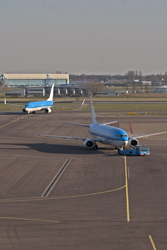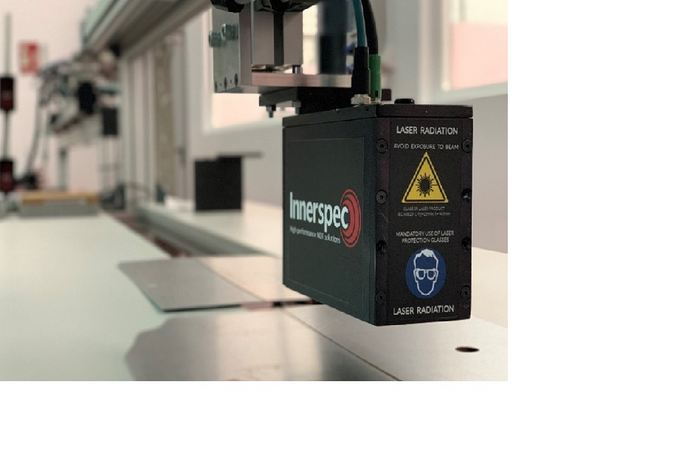Safer surface movement at Europe's airports
The Intervuse project was established to develop a new cost-effective surface movement ground control system (SMGCS) that can fill in the gaps that exist in the SMGC technology developed so far. Millions of euros are required for an SMGCS because of the expensive sensors that they use. Furthermore, expensive infrastructure restricts the numbers of users who can afford the technology and puts it out of the reach of smaller airports. The result has been incomplete surveillance of surface movement of aircraft due to a lack of passive sensors that can monitor unsupervised blind spots at airports, such as hidden yards and taxiways. The project has provided smaller airports with a low-cost SMGCS solution, which uses passive video sensors combined with surveillance radar and flight plan data. In addition, the problem of blind spots in large-scale SMGCSs can be reduced or even removed altogether through the use of these sensors. Tests conducted at Thessaloniki and Mannheim airports have shown that video cameras can make a useful contribution to airport surveillance. Furthermore, the technology developed by the Intervuse consortium can fulfil most of the requirements of surface movement radar (SMR). The system has a number of distinct advantages, which include the absence of radiation, lower cost and a higher rate of update. The main benefit derived from the Intervuse project is enhanced airspace and traffic management infrastructure throughout the EU, thereby increasing safety. The work will also help the European aviation sector to become more competitive.







